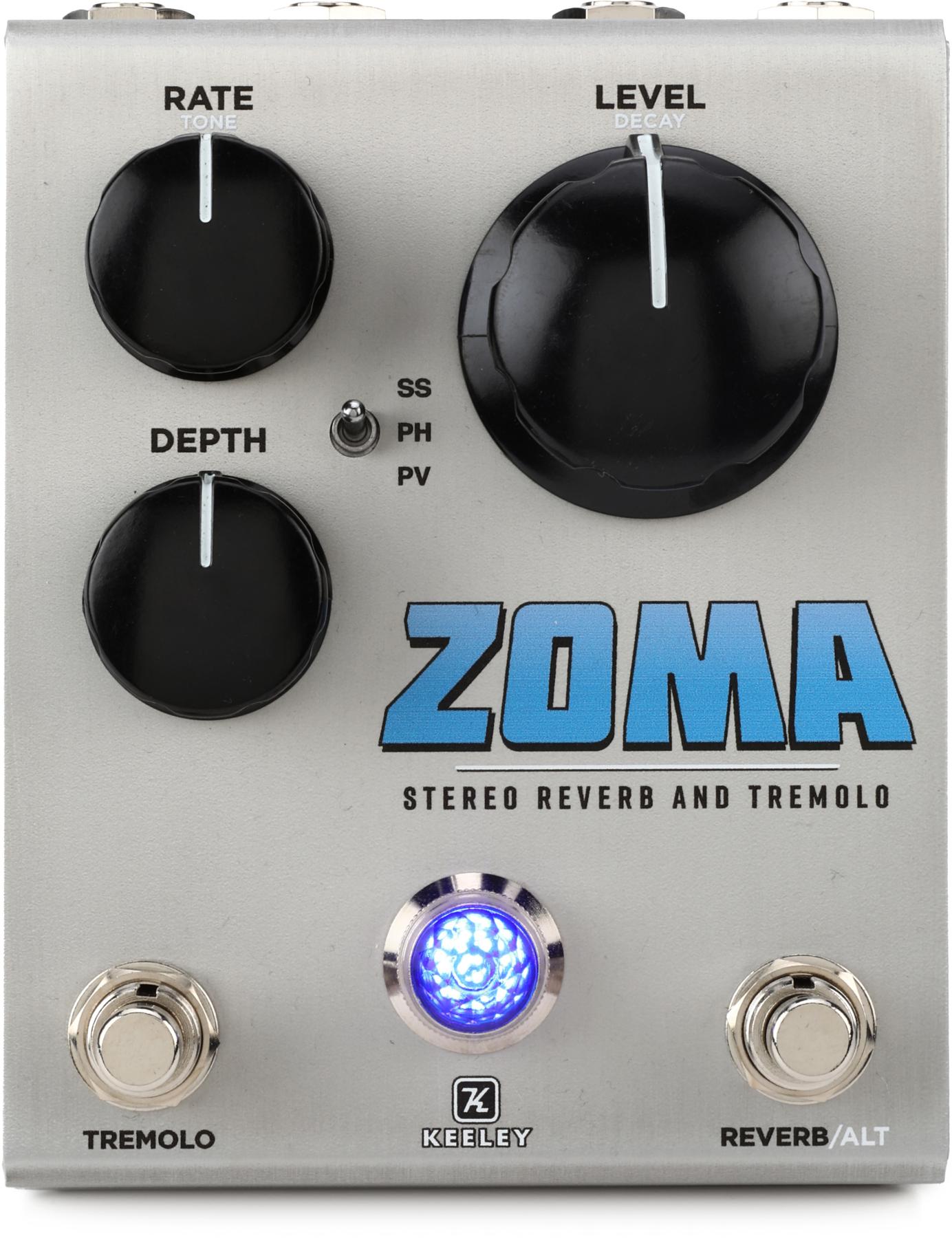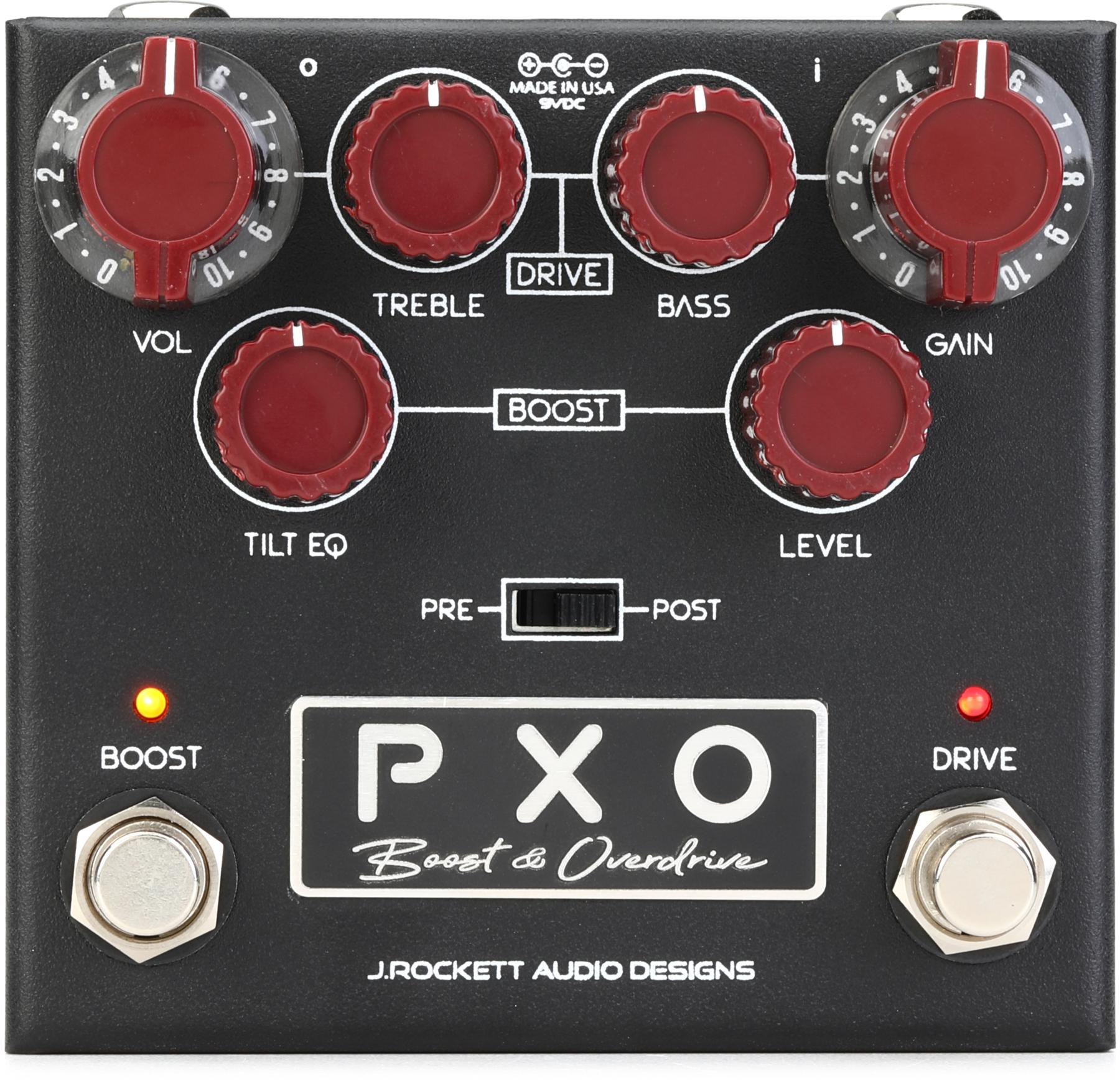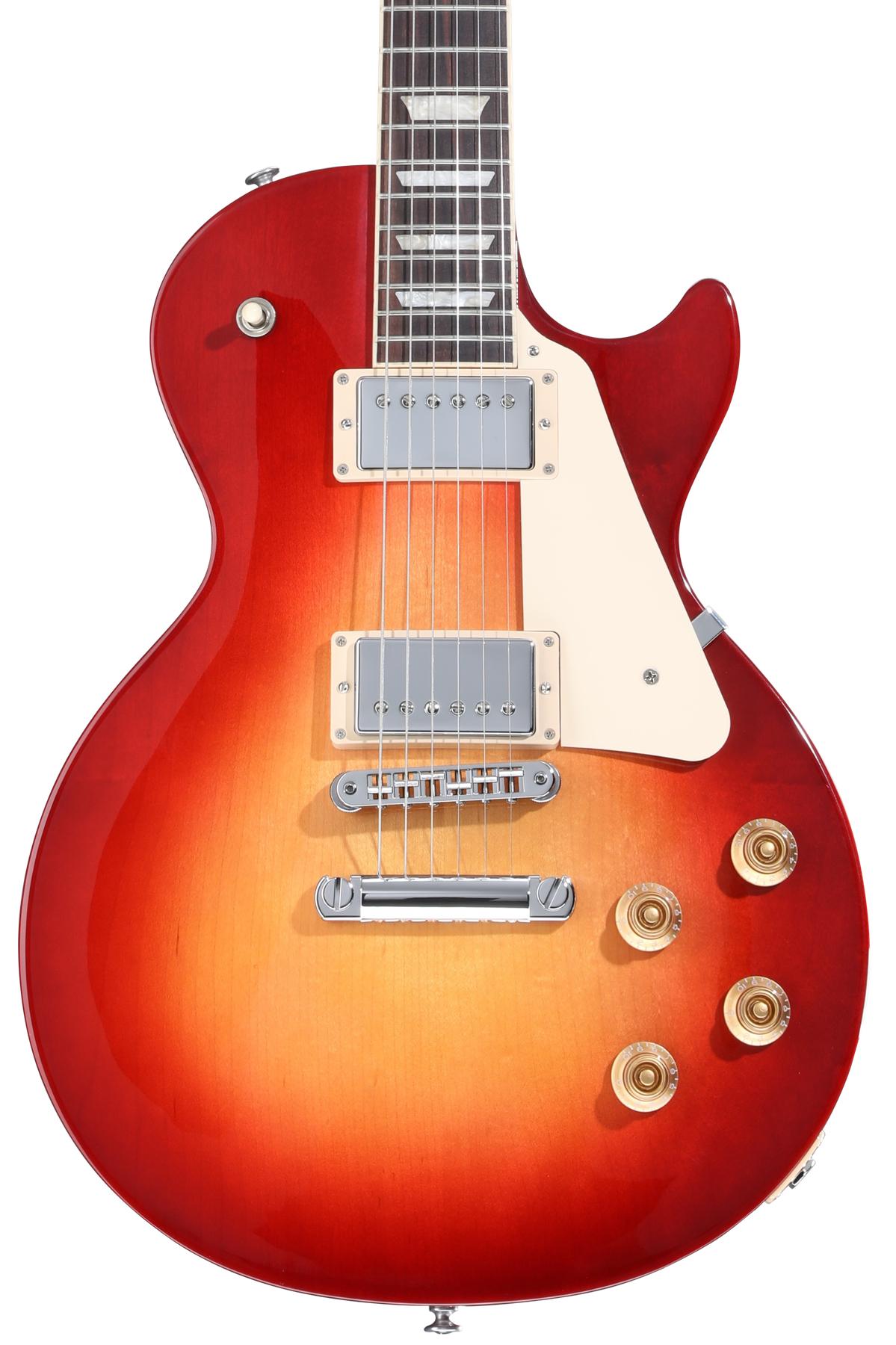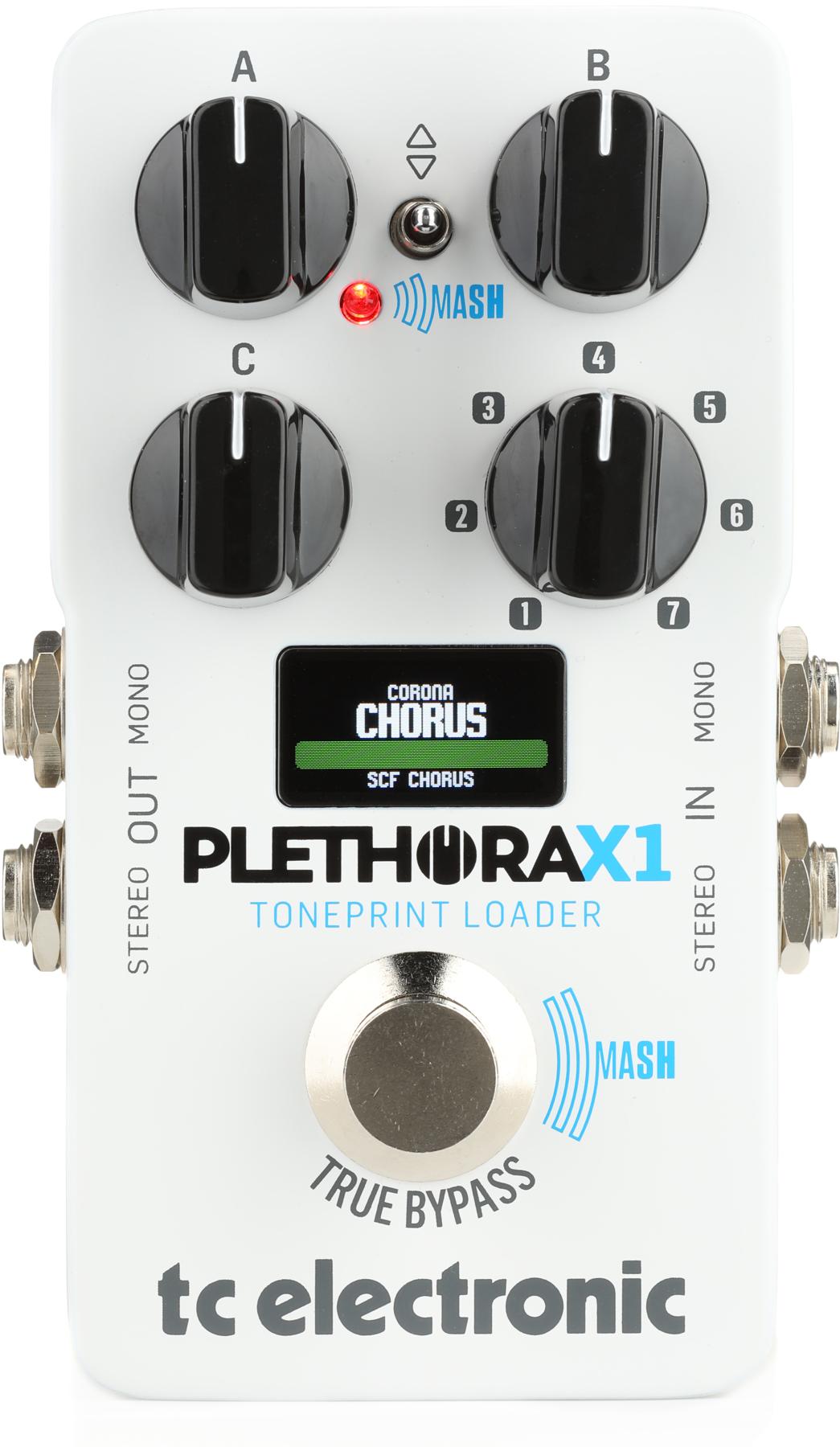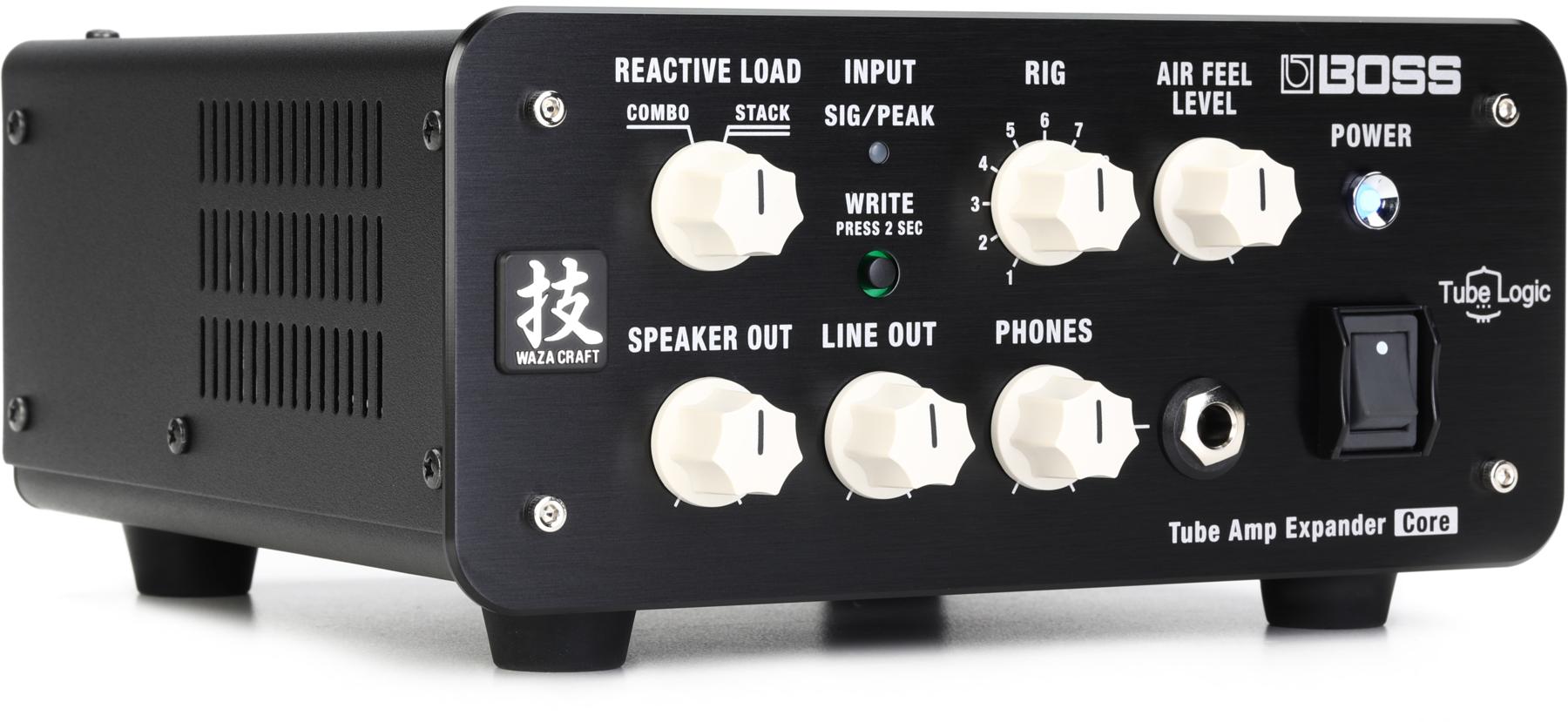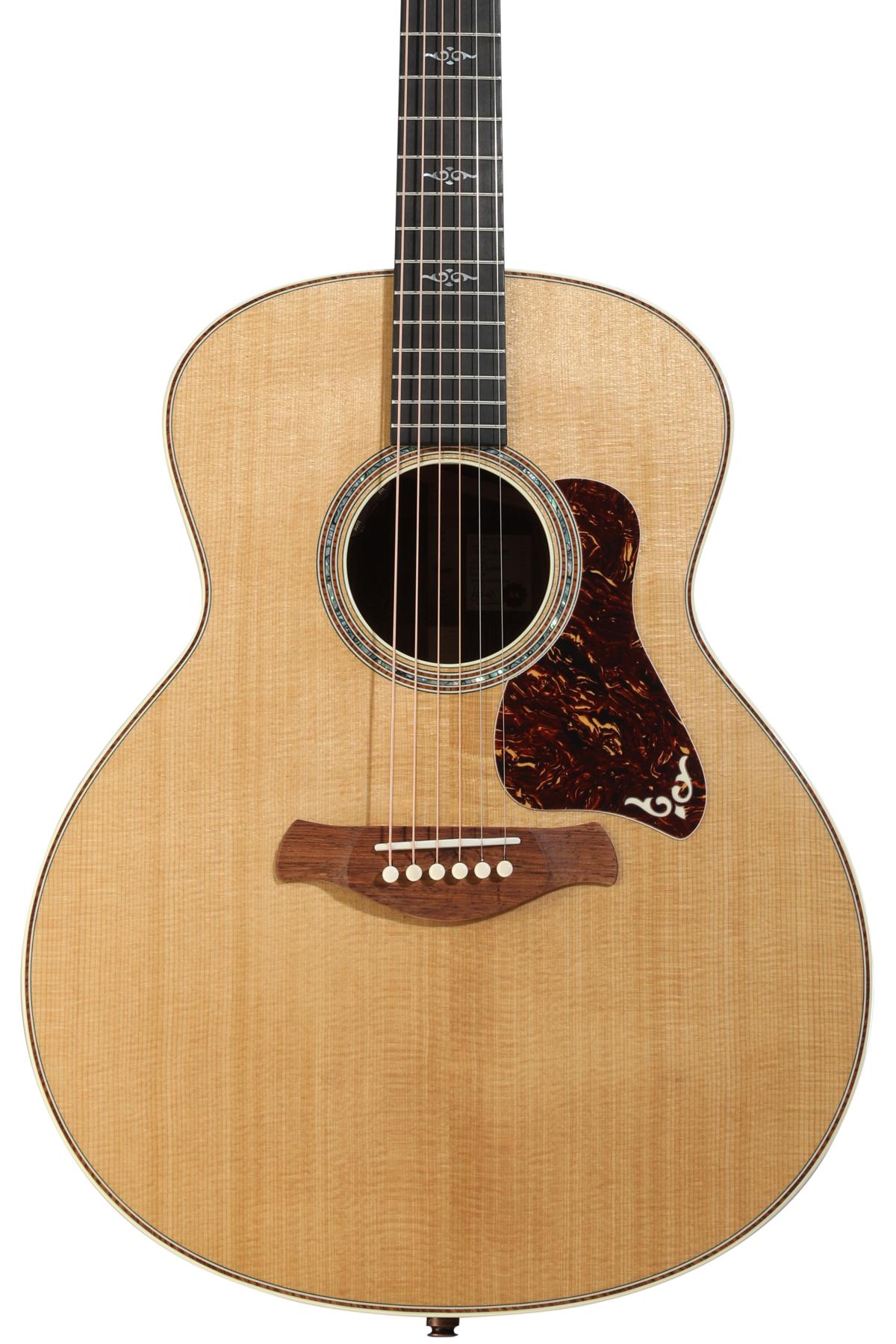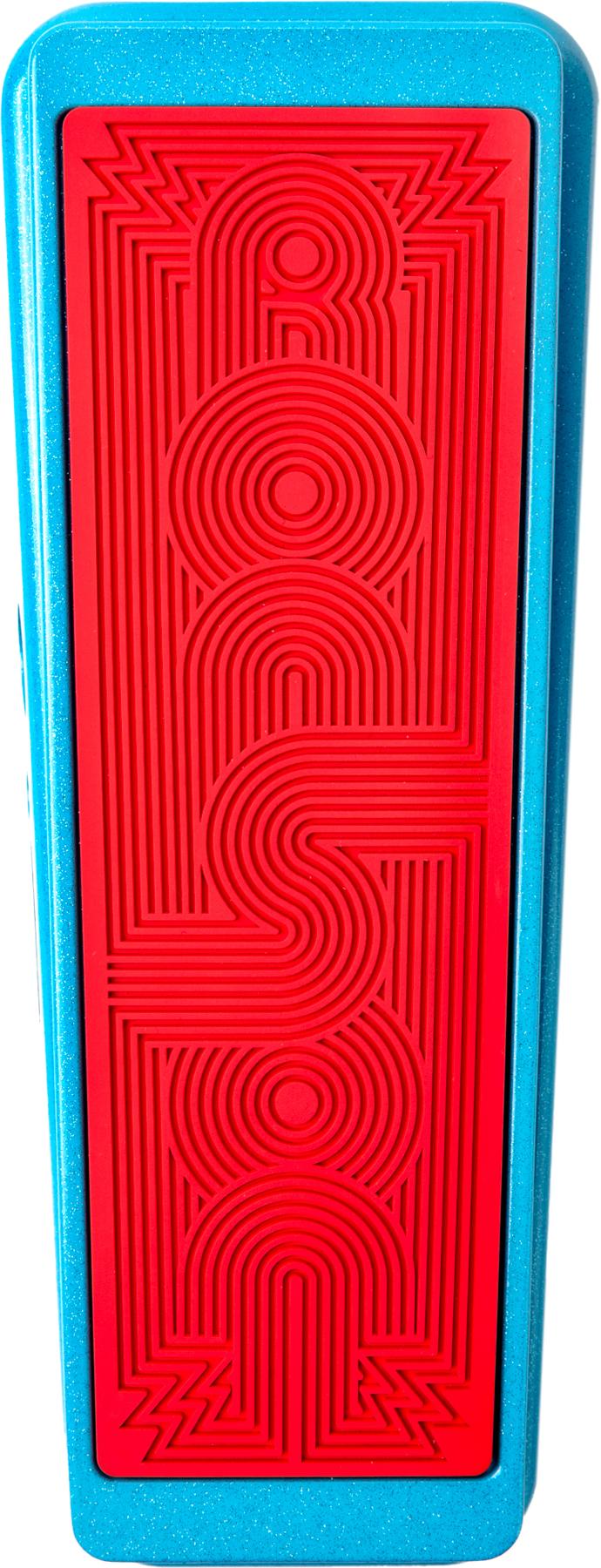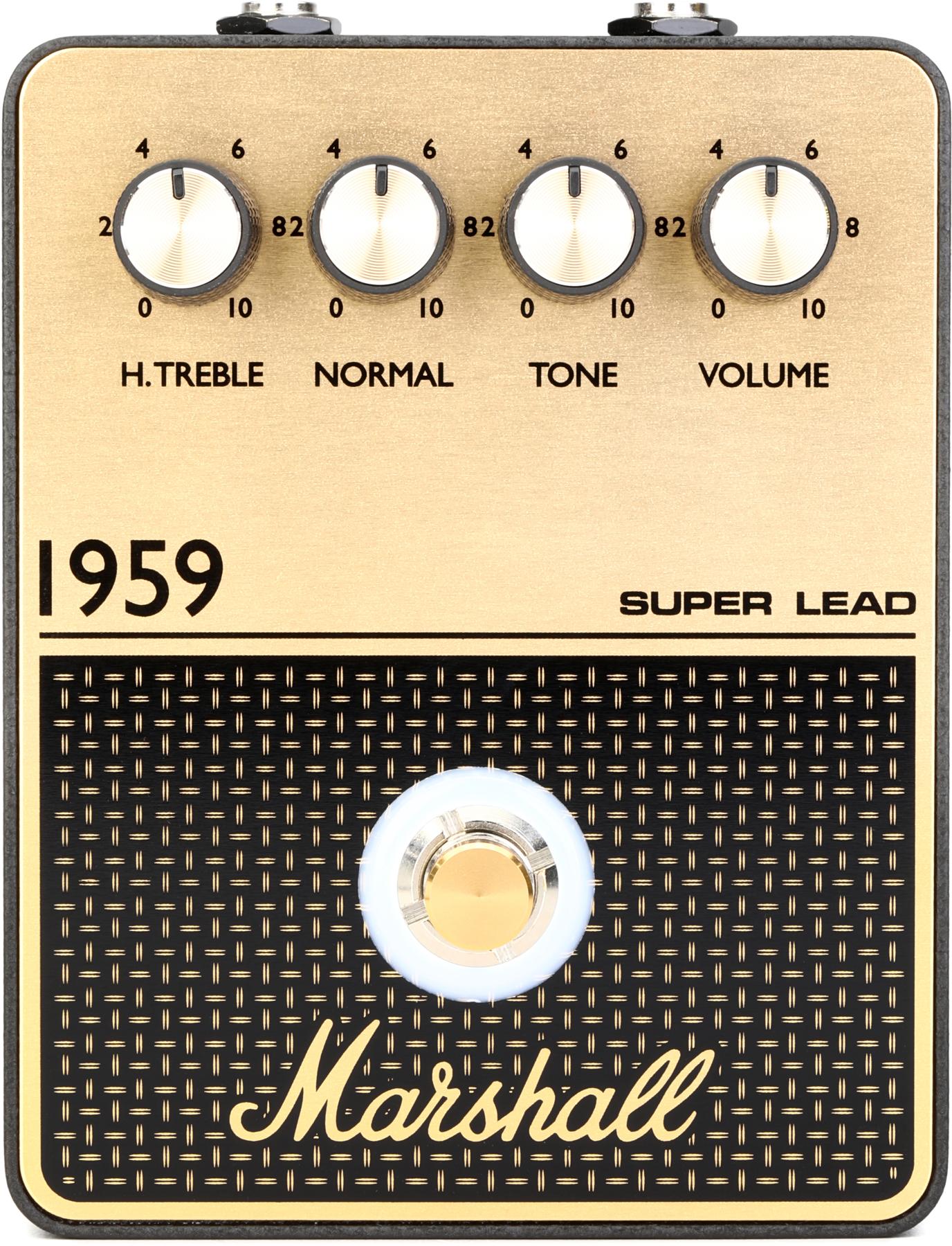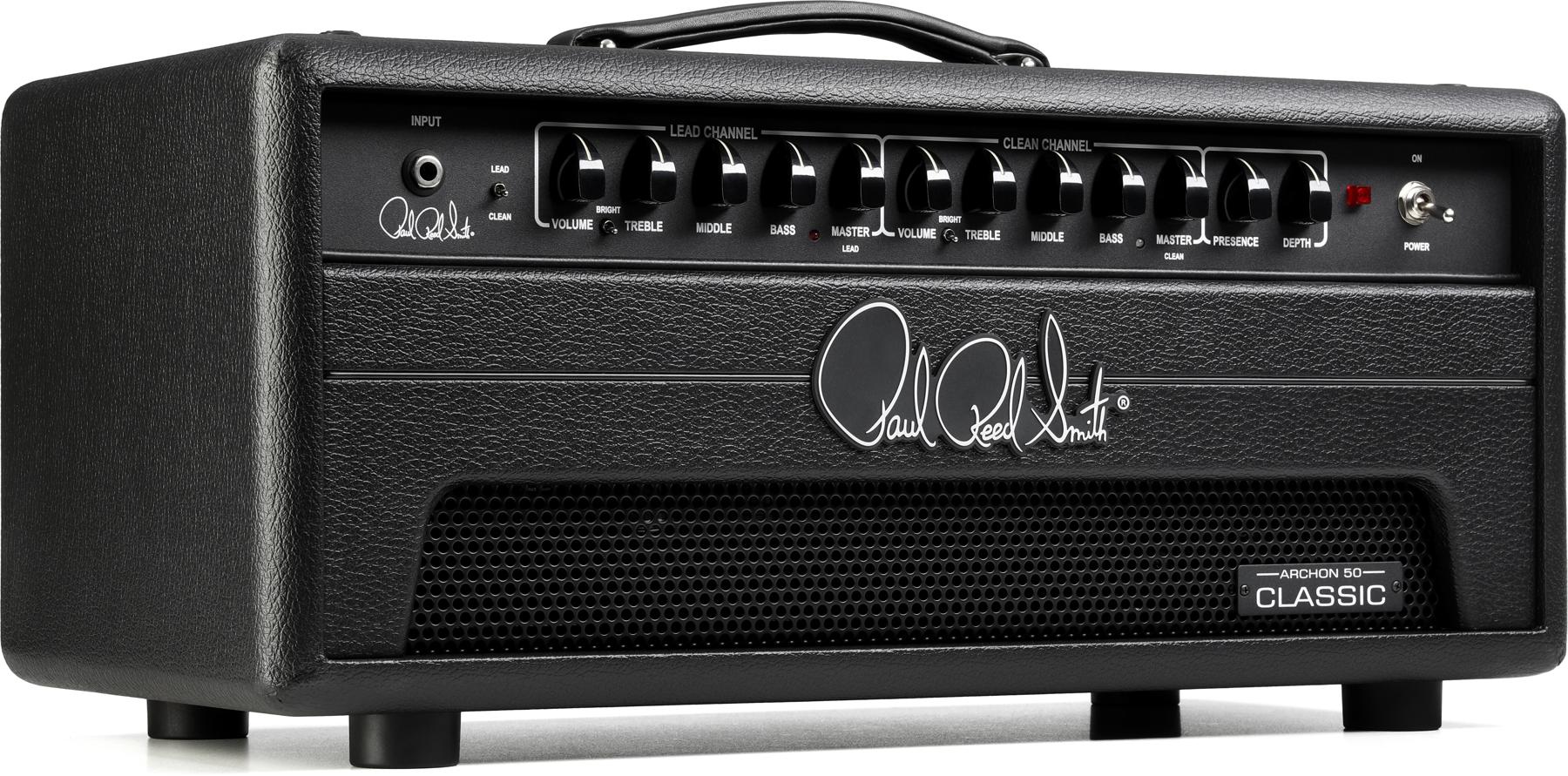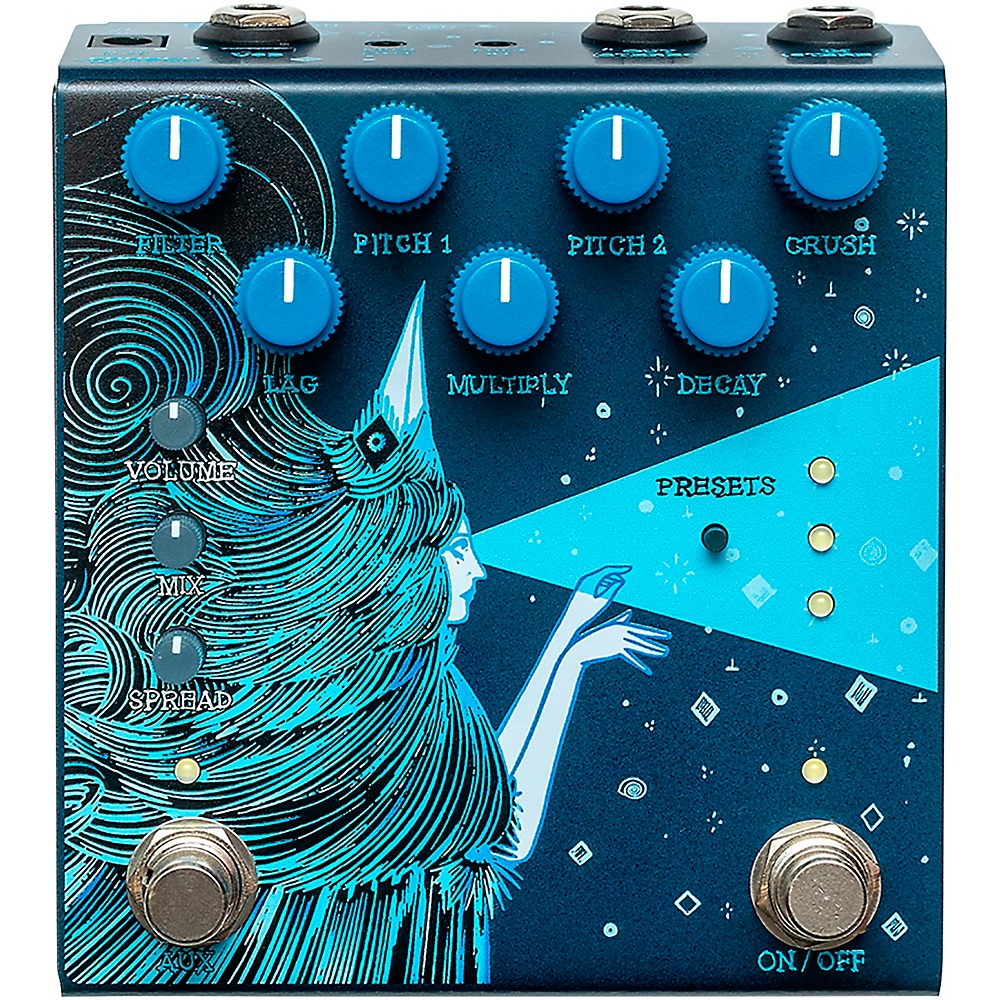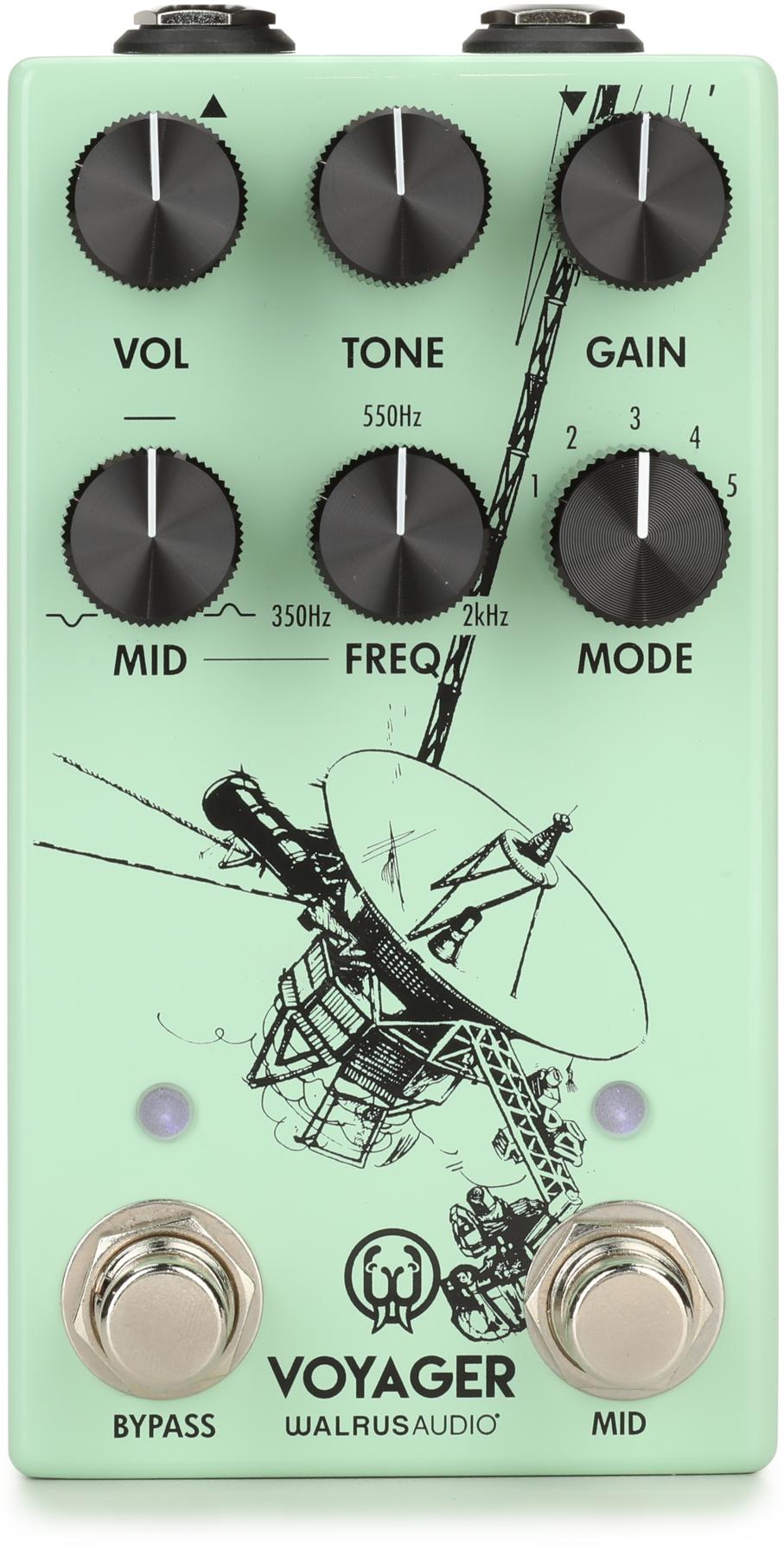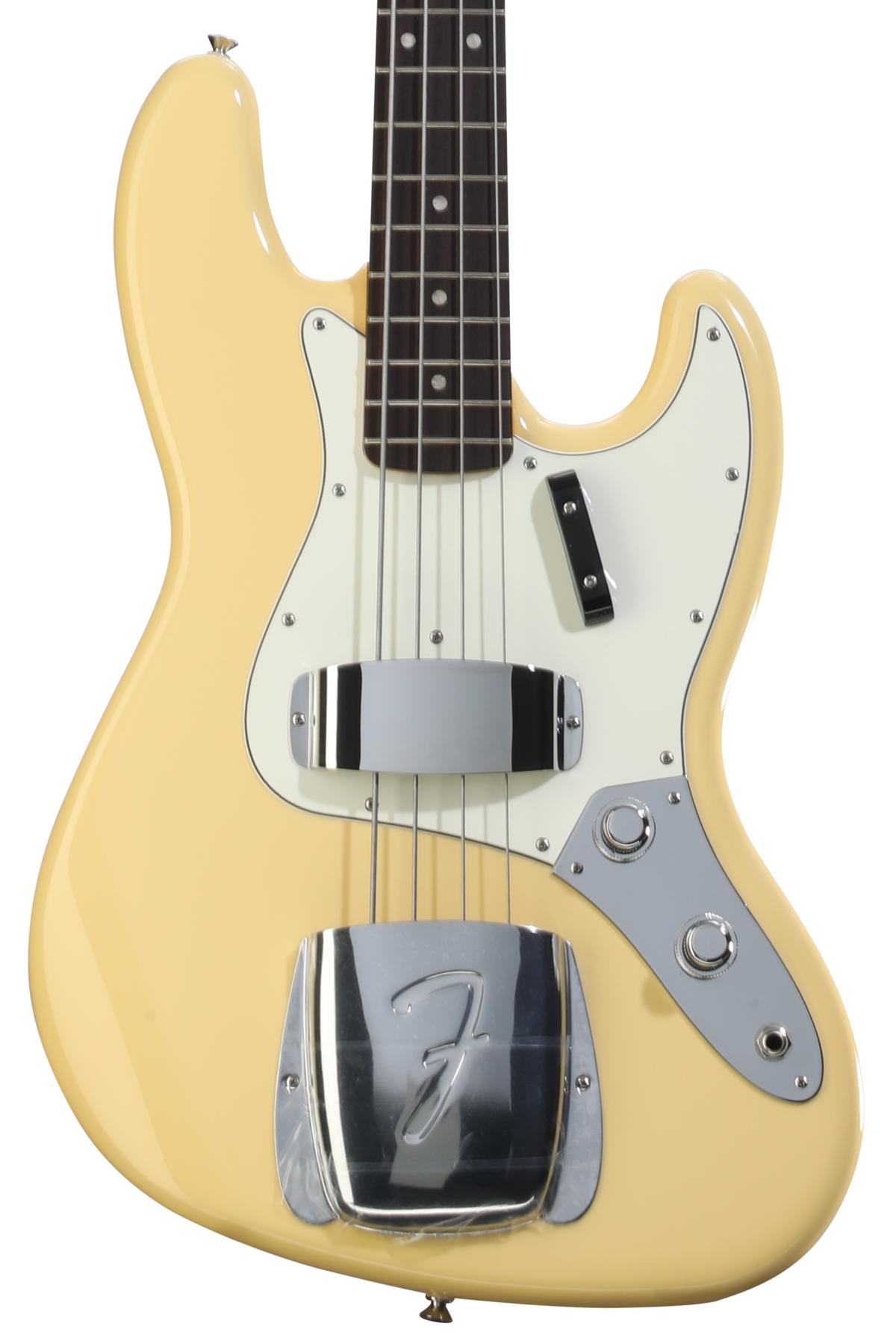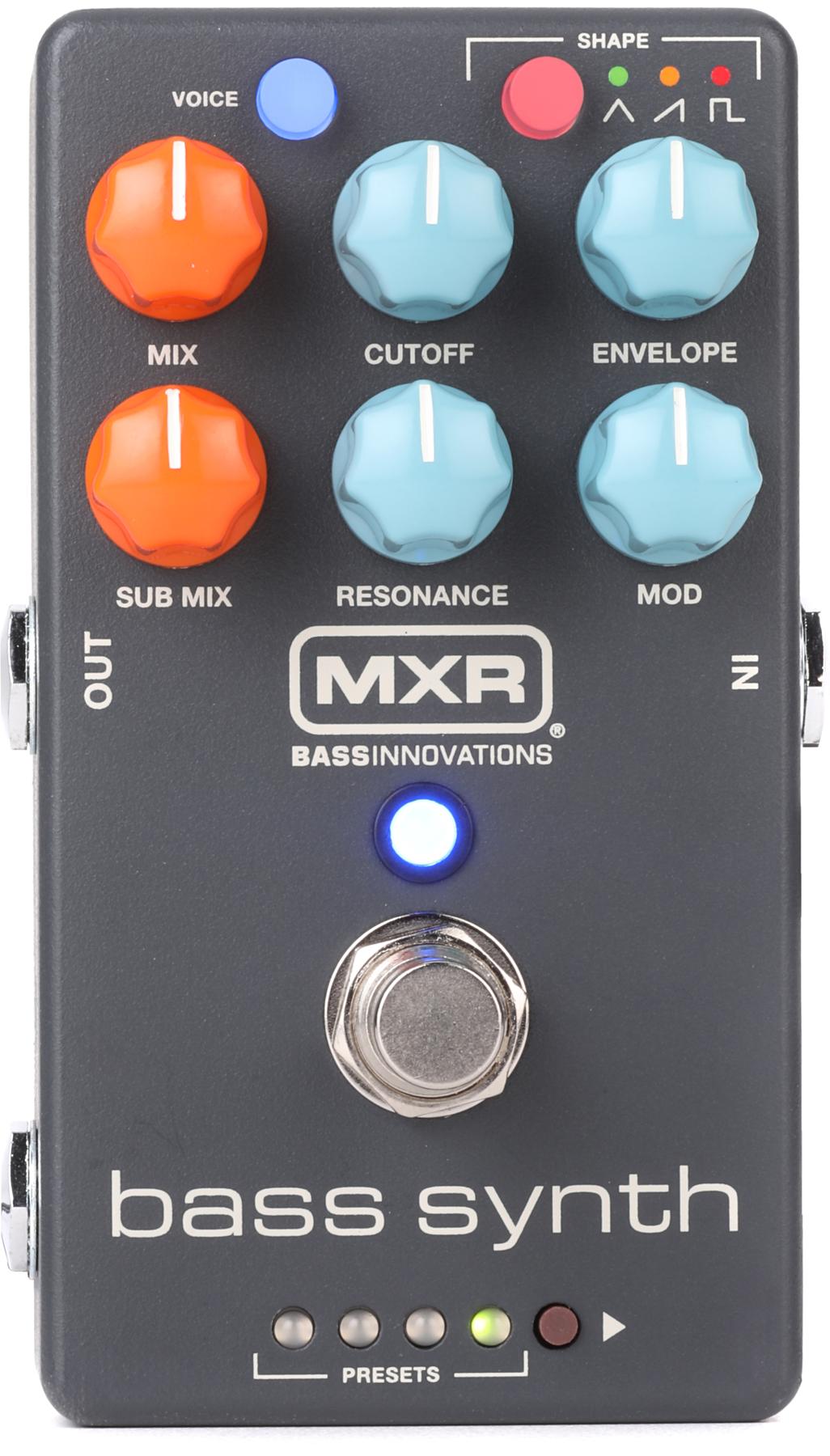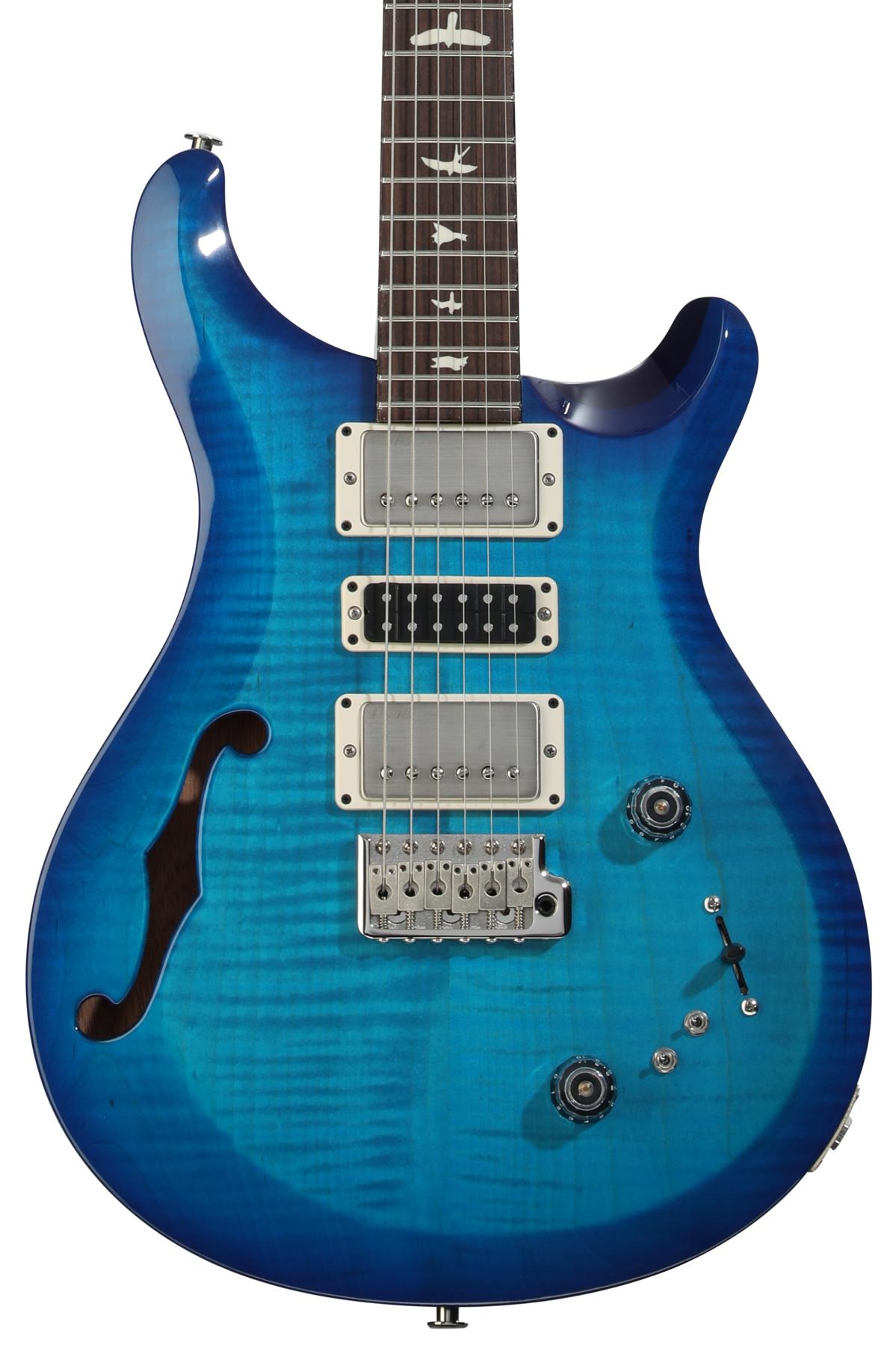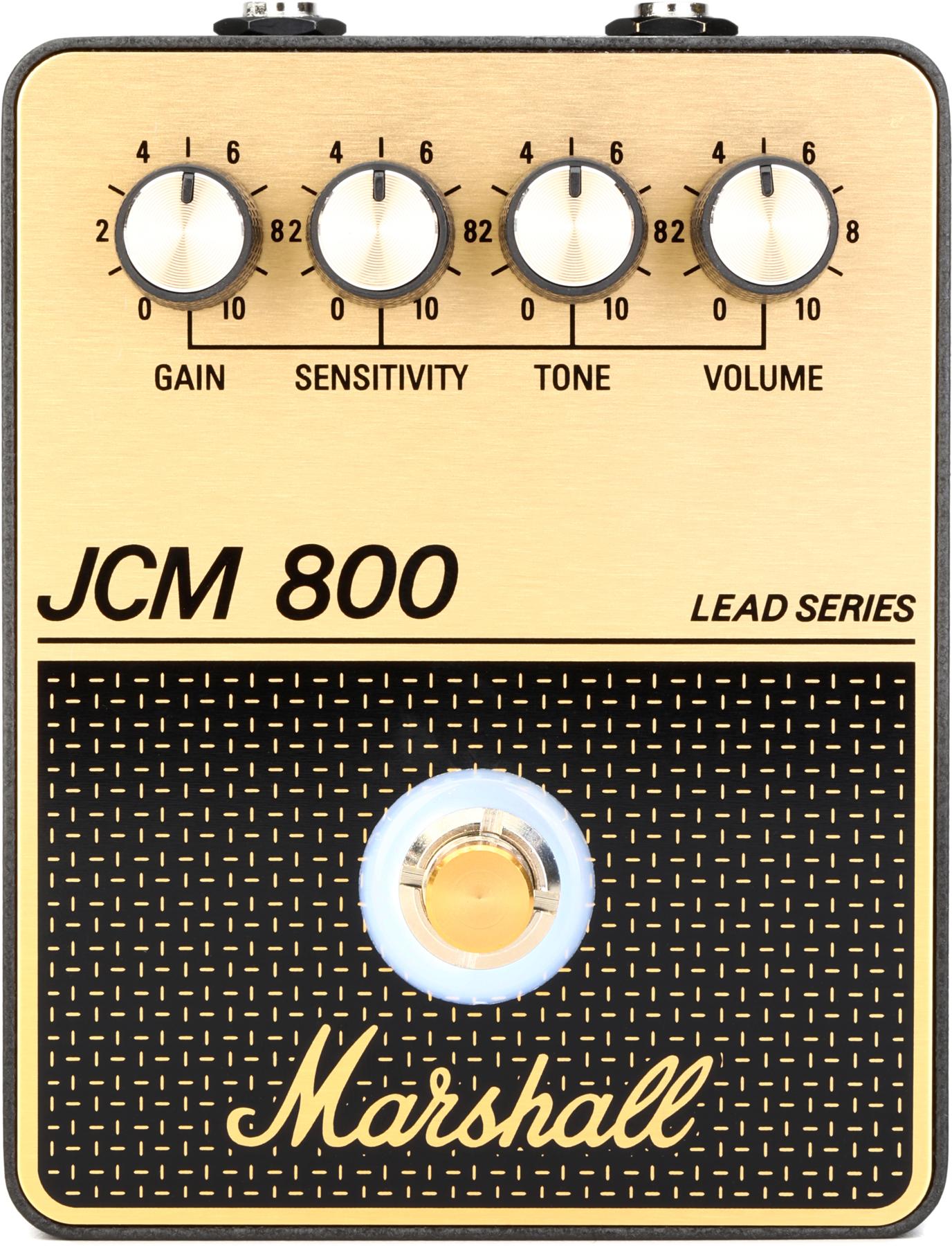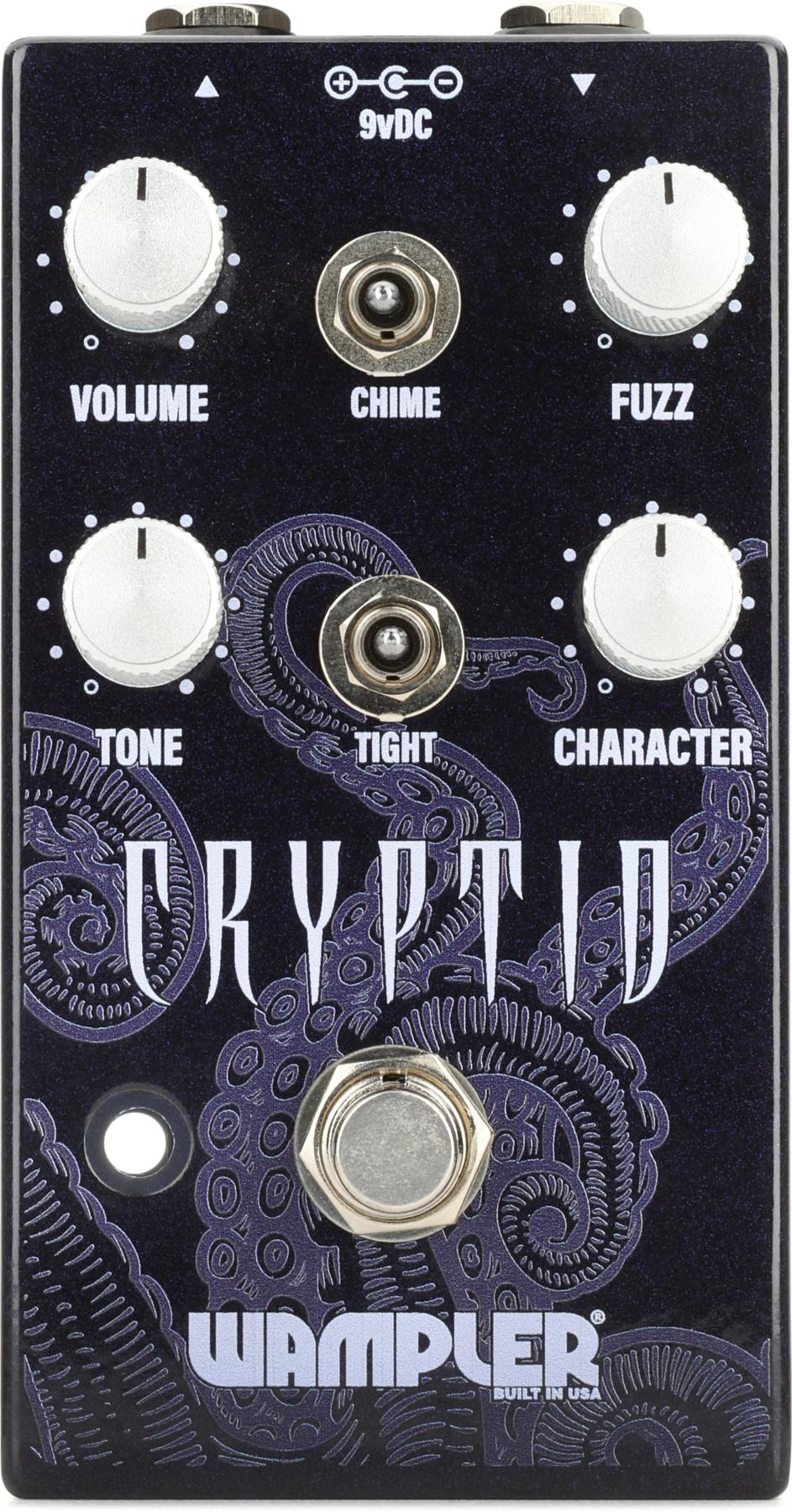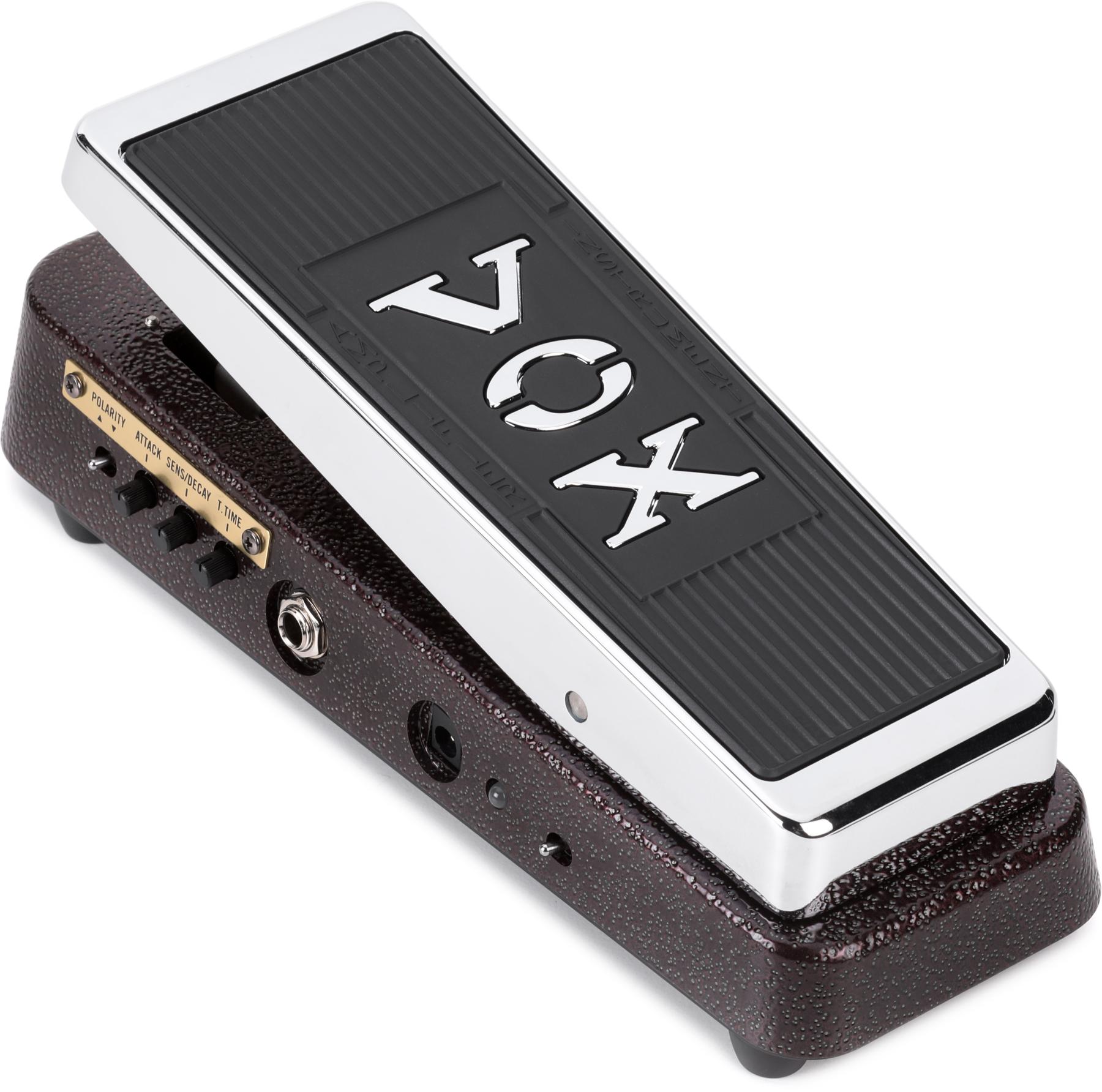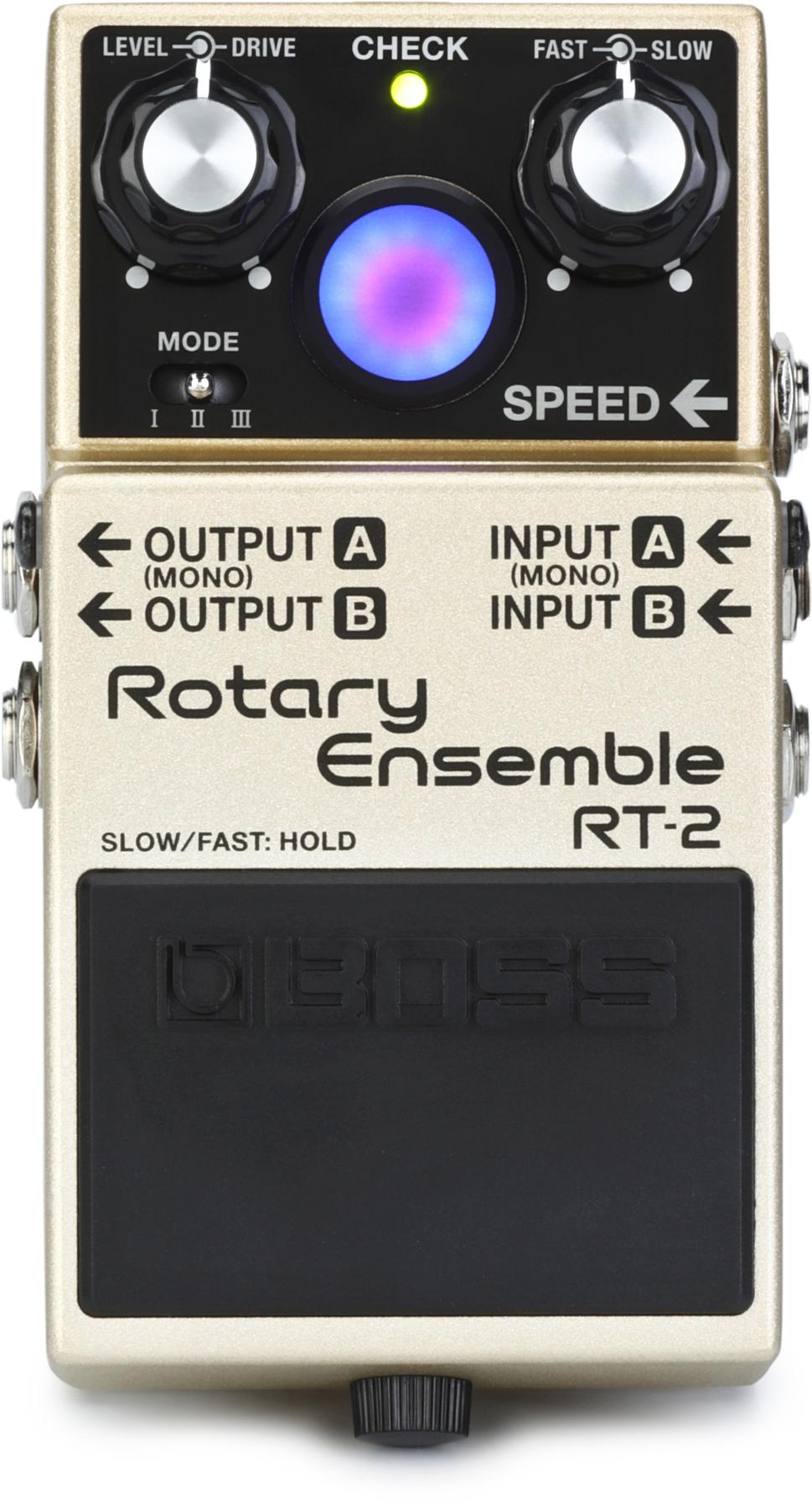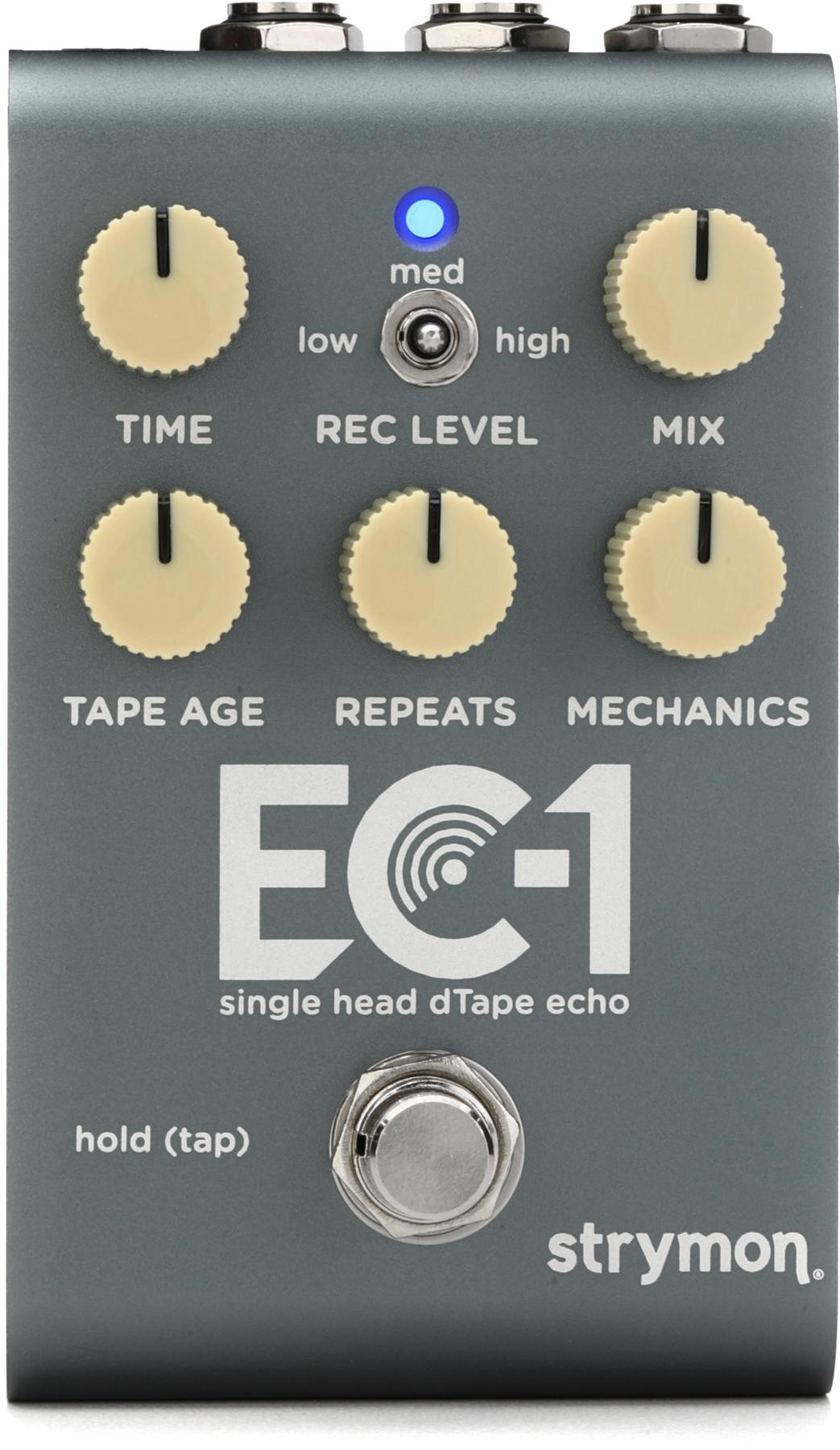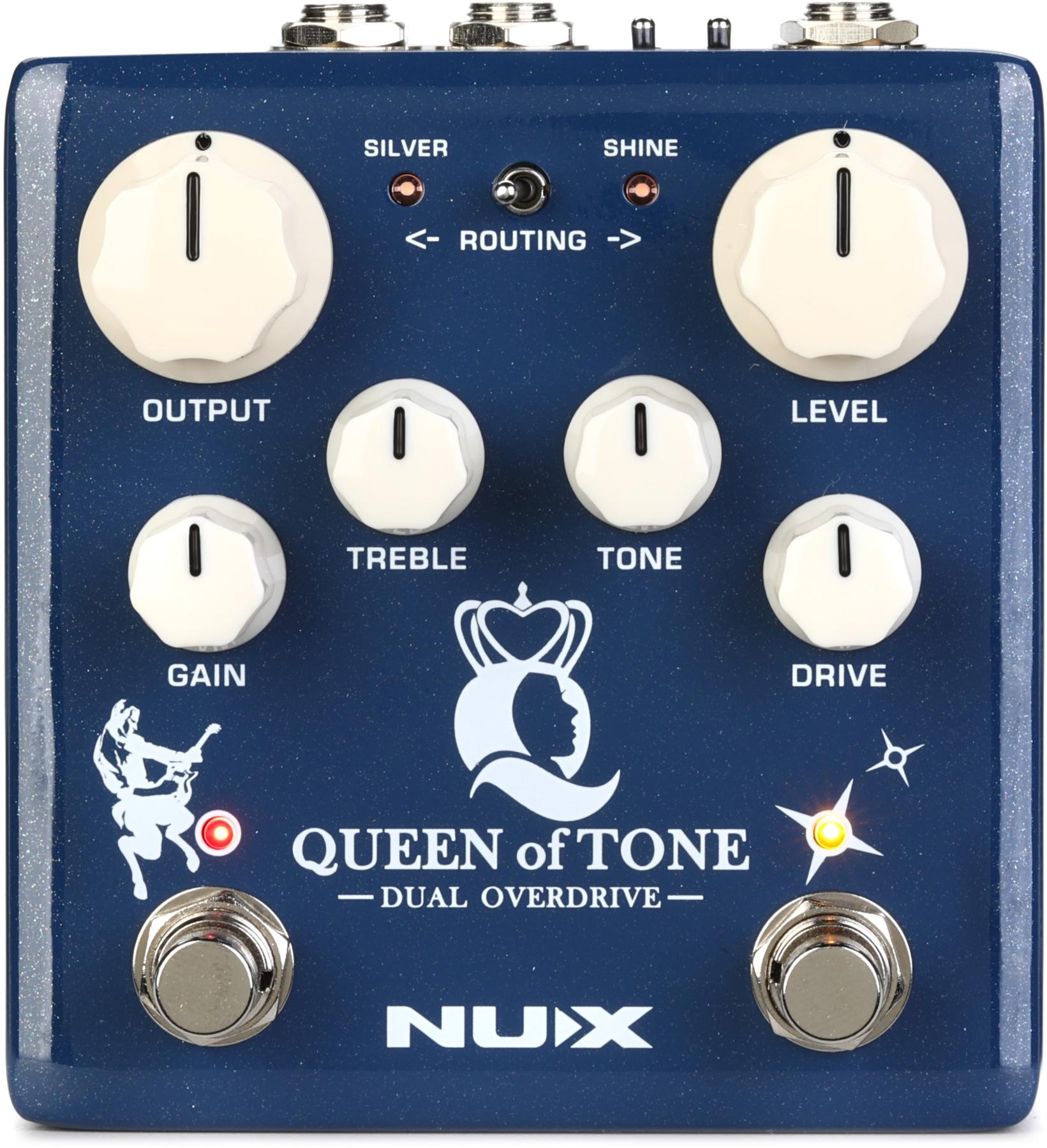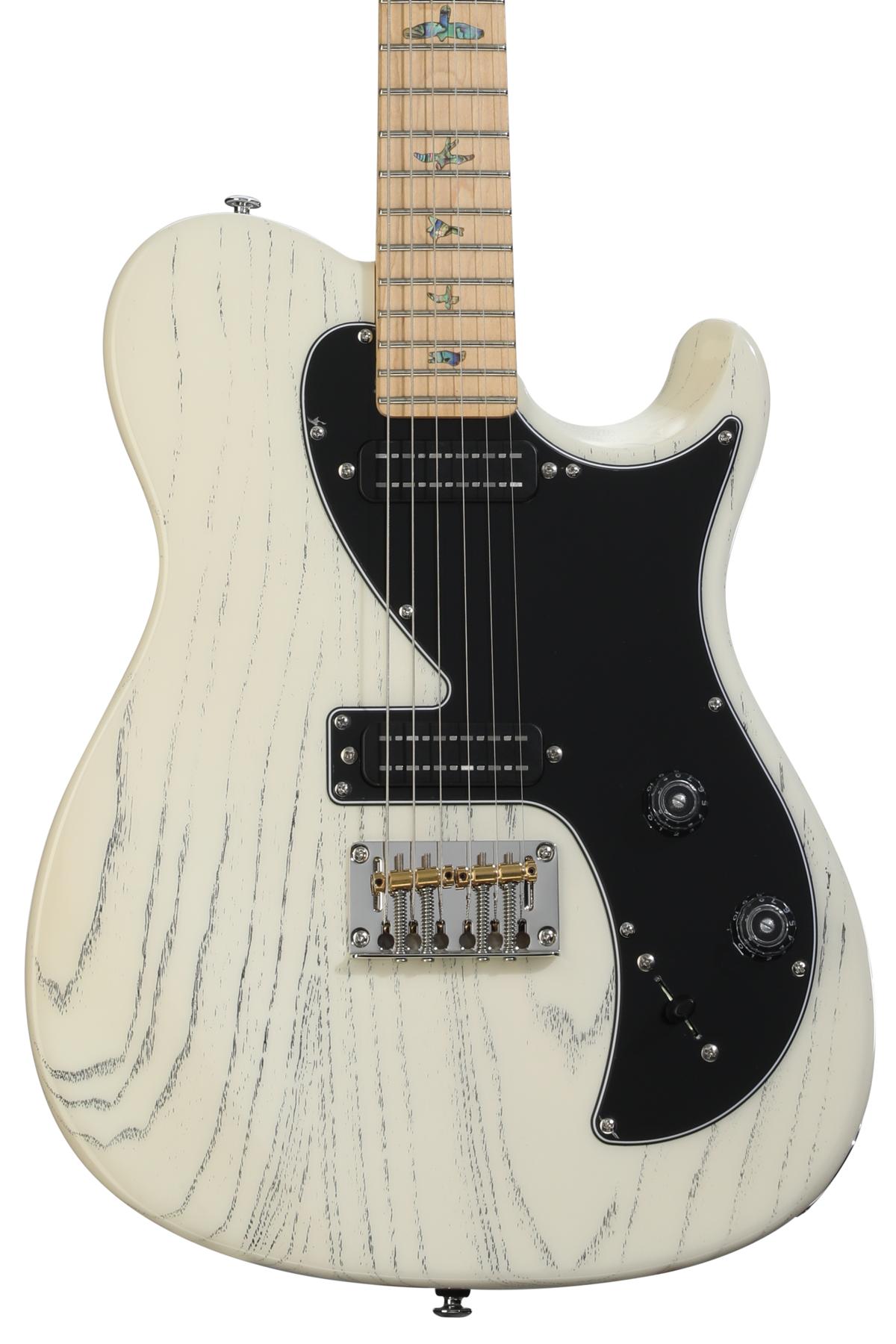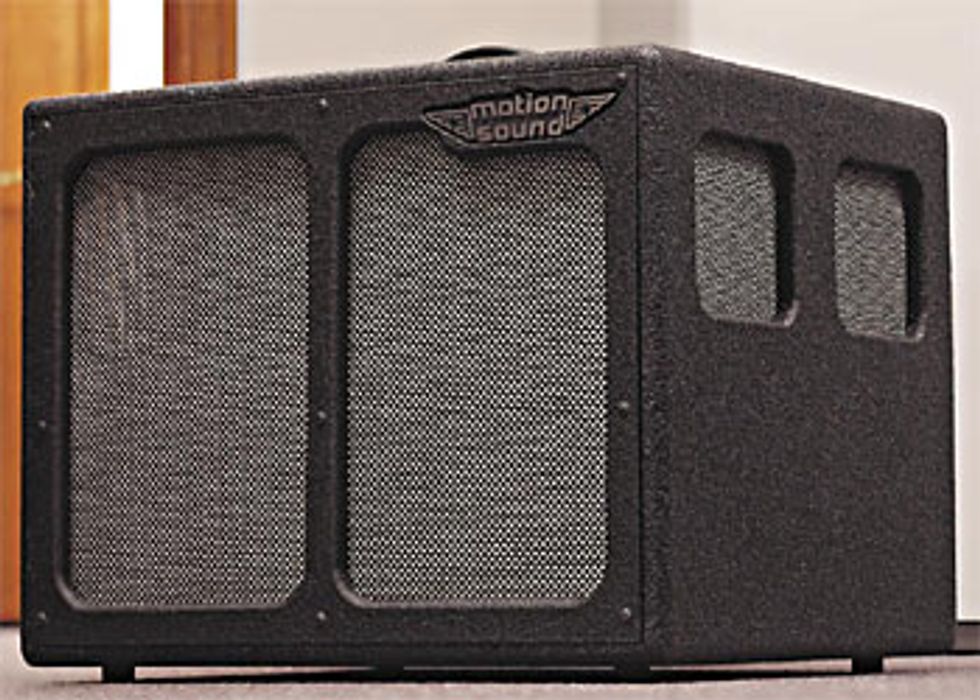 From the jazz organ trios of the ‘50s and early ‘60s to the heavy metal histrionics of the late ‘60s and early ‘70s, guitarists have coveted their B-3 wielding brethren’s ability to achieve that instantly identifiable, luxurious swirl, which has never been satisfactorily mimicked with pedals. Don’t get me wrong; Jimi’s thick, chewy UniVibe textures were amazing, just not the same. Later on, hearing the tones produced by plugging guitars into rotating speakers left even the most ardent guitar-into-amp luddites more than a little wistful.
From the jazz organ trios of the ‘50s and early ‘60s to the heavy metal histrionics of the late ‘60s and early ‘70s, guitarists have coveted their B-3 wielding brethren’s ability to achieve that instantly identifiable, luxurious swirl, which has never been satisfactorily mimicked with pedals. Don’t get me wrong; Jimi’s thick, chewy UniVibe textures were amazing, just not the same. Later on, hearing the tones produced by plugging guitars into rotating speakers left even the most ardent guitar-into-amp luddites more than a little wistful. In an effort to help guitarists everywhere get their relatively economical swirl on, Motion Sound recently threw their hat into the ring with the release of the SRV series of speaker cabinets, offering 1X12 and 2X12 versions. They were kind enough to send the PG offices a 1X12 cab to help us nail the bridge to “Badge.”
The first thing you notice when busting the cab out of the shipping box is its size, or rather lack thereof, weighing in at a flyweight 40 pounds and having height and width dimensions close to a Deluxe, although deeper. Having had the pleasure of playing in a band with a B-3 player who insisted on schlepping his Leslie 147 to every gig, I appreciated its small stature, but wondered if it would have enough girth to produce a convincing amount of swirl.
Turns out the SRV-112 is better tailored for guitarists than Crockett and Tubb’s Armani suits. The rear-mounted control plate houses an 8-ohm speaker input, two XLRs for the built-in dynamic mics labeled Left and Right, AC power in, and on/off switch. The second, top-mounted control plate consists of a 1/4” stereo cable in for the footswitch and Slow, Fast and Transition speed controls. The fact that Motion Sound provides the footswitch and 1/4” tip ring sleeve cable to plug it in indicates their attention to detail. That they had the forethought to add in the two mics speaks volumes, making live and session setups a breeze.
In our March 2007 issue, I wrote a review of Electro-Harmonix’ XO series pedals. When touching on the Clone Theory, I recounted my quest for some effective Leslie-ish whirl. Since then I have gone through several chorus pedals and a Boss RT-20 before finally throwing in the towel and placing my old, faithful Boss CE-2 back on the pedalboard, which admittedly comes nowhere near Leslie territory, but is at least musical. As far as Leslie-aping pedals go, the RT-20 gets close, provided there is a nice overdrive in front of it, but still not close enough.
With that in mind, I was anxious to see what the SRV-112 could deliver. I grabbed signal from the speaker out of my old Rivera R-30, set the Fast, Slow and Transition knobs to the manual-suggested 12:00 position, and quickly found myself in a qualified nirvana. I say qualified because of that B-3 player in my band back in the day. Because of him, I not only need a back brace to take out the recycling, but I’m also keenly aware of how incredible a real Leslie can sound.
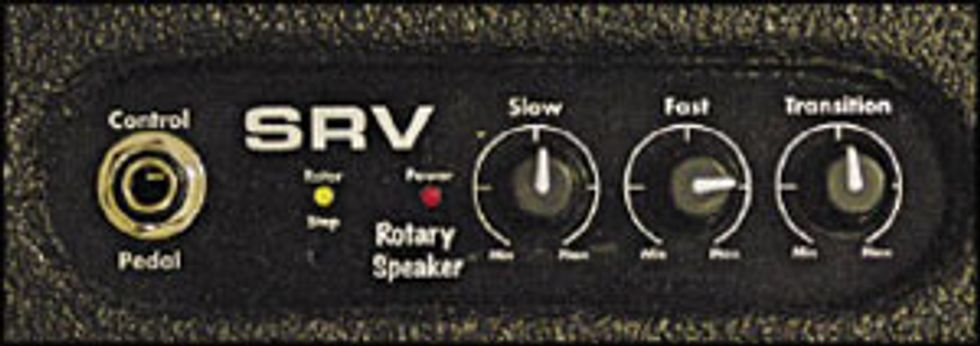 | “The first thing you notice when busting the cab out of the shipping box is its size, or rather lack thereof, weighing in at a flyweight 40 pounds and having height and width dimensions close to a Deluxe, although deeper.” |
Once some signal was flowing the SRV-112 ramped up and down in a nice, authentic manner, but due to its stationary speaker/ rotating drum design, was of course unable to change upper and lower frequencies at different rates. Is this a deal breaker? Not at all, it’s merely a design concession due to size, portability and ultimately cost. After all, if you just have to have an authentic Leslie sound, buy a Leslie. Then hire a roadie and pick up a back brace.
That gritty upper-mid thing that Leslies do is MIA, but again, that most likely has more to do with amp and overdrive settings than anything else. I had the Rivera set in “blackface” mode and fairly clean, with just a touch of breakup. Once I kicked in a modded TS9, things were better, and stacking the TS9 with a modded BD-2 added back in that elusive, crunchy grit.
There are a few other caveats caused by the SRV’s diminutive stature, and they are addressed in the owner’s manual. One is the rotary goodness seems to disappear in large spaces, which can be rectified by keeping the cab near reflective sources. The other is its 50-watt power rating, which is totally cool with my 20-watt amptoting self, but could be an issue for guys jamming with loud drummers. 50 watts may seem like plenty, but remember, this isn’t all going straight out front; it’s getting all mojofied by the rotating drum. If more juice and disbursement is needed, spring for the 100-watt rated SRV-212 ($899 retail).
For most guitarists’ needs, this thing is one of the best portable solutions out there, with several guitar-specific design cues that make it infinitely usable for us six-string hacks. The first is the forward facing speaker design. A ported drum spins in front of the easy-to-replace, American-voiced Eminence Screamin’ Eagle speaker, and when stopped, the “Autostop” function places it in the forward facing position, negating the need for a separate cab to deliver unaffected amp tones. Granted, it’s not as focused as a traditional cab or combo enclosure, but it sounds fine for most live applications where space is often at a premium. If you have the space, a second dry amp and A/B switch will remedy this issue.
The speed controls function as expected, with the Fast knob able to get going plenty fast enough for authentic Leslie speeds and then some. The Slow speed setting seemed to get lost much below noon, becoming a little too subtle and nearly washed-out, but still fine sounding – really fine. Keep in mind that the SRV-112’s weak points are still light-years beyond the better pedal simulations I’ve heard, getting really close to such sonic rotating speaker benchmarks as “No Matter What,” “Badge,” and “Cold Shot.” In fact, the SRV seemed best suited for achieving Fender Vibratone-tones, another rotating speaker design which eschews horns. Maybe that would help explain the SRV moniker.
The bottom line is that the SRV-112 is an incredible-sounding, musical concession to portability and price. If money is no object, go vintage Leslie, and be prepared for the lifestyle changes that follow. If (lack of) money is your main criteria, check out any number of inexpensive chorus pedals that can do really nice fast-Leslie impersonations. If you want flexible, affordable, portable and toneful, the SRV- 112 and its bigger sibling the SRV-212 are on a very short list.
Buy if...
you''ve always wanted a rotating cabinet sound.
Skip if...
you''re only settle for the authentic Leslie experience.
Rating...
MSRP $759 - Motion Sound - motion-sound.com |
Hear this gear in action! premierguitar.com/podcast



















